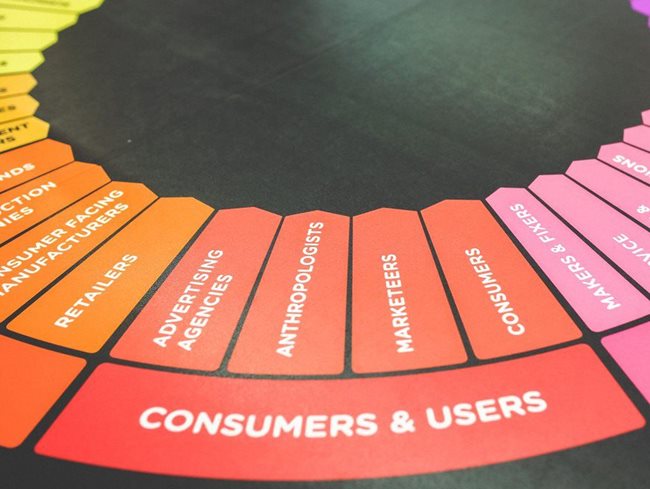
Subscribe & Follow
Advertise your job vacancies
Jobs
- Digital Graphic Designer - User Experience Cape Town
- Graphic Designer Cape Town
- Jnr-Mid Relationship/Sales Manager Germiston
- Customer Relationship and Content Marketing Specialist George
- Client Services / Account Manager Johannesburg
- Part-time Customer Service Remote
- UK Customer Service Work from Home
- Support Clerk Nelspruit
- Digital Associate Cape Town
This vital element could make or break your UX strategy
One of the most important factors when developing and executing a UX (user experience) strategy is relevant user input.

Image supplied
Many UX teams find it difficult to create comprehensive user requirements. It’s often because they do not invest the time upfront or during the implementation of a project, to really examine and understand the problem they are trying to solve and to ask users if they have succeeded in this.
Creativity and innovative design are key when platforms are being developed, but for a platform to be successful, and profitable, it must be designed in a way that also delivers quality user experiences.
This is why a UX design process must be evidence-based. A proper UX design process should include researchers who understand design concepts, designers who can process and implement based on evidence, as well as end-users.
Observations, task analysis and other feedback methodologies in live testing environments can provide insights and understandings of platform user behaviours, needs and motivations. These learnings can hold the answers to aspects a UX team hadn’t thought of when conceptualising and developing a platform.
An effective user-orientated research method is asking end-users to undertake realistic tasks on a particular platform – be it an app, website or mobile platform – to assess their user experiences against platform performance. Although testing with real users can be resource-consuming, it is a realistic scenario that tends to yield more accurate results.Research can be conducted in an observational manner through live user interviews. During one-on-one video sessions, users are asked a set of scripted questions when performing certain tasks, as they navigate a platform in a live environment. Each user’s navigation is tracked, recorded and displayed live on monitors during the session.
This method gives observers vital insights into how users are experiencing a platform – from creative and content to user-friendliness and the terms used in the platform. This simple step in a UX development process can save businesses loads in terms of man hours and financial expenses. Ask users for their input while you are in the process of development instead of leaving it to the end, or worse, never asking them at all.
So, if you’re not using evidence and involving real users in your UX design process, are you measuring your platform’s true effectiveness? Consider user-orientated testing, and you might be surprised at the outcomes.
About Neil Bromhead
Neil Bromhead is digital director at Stratitude,


















